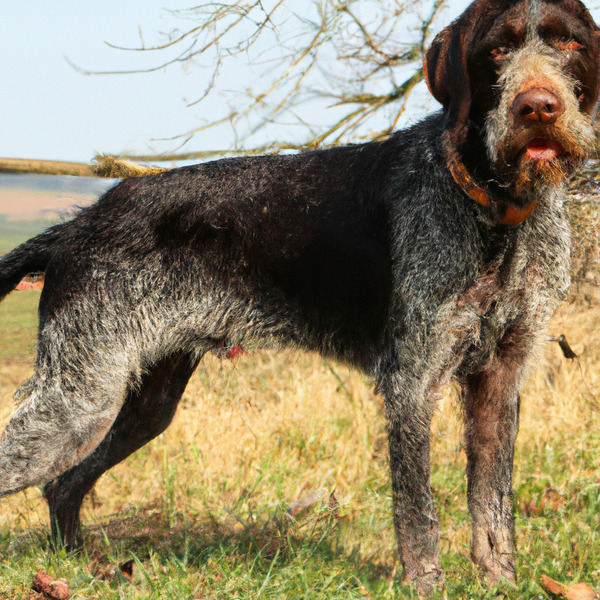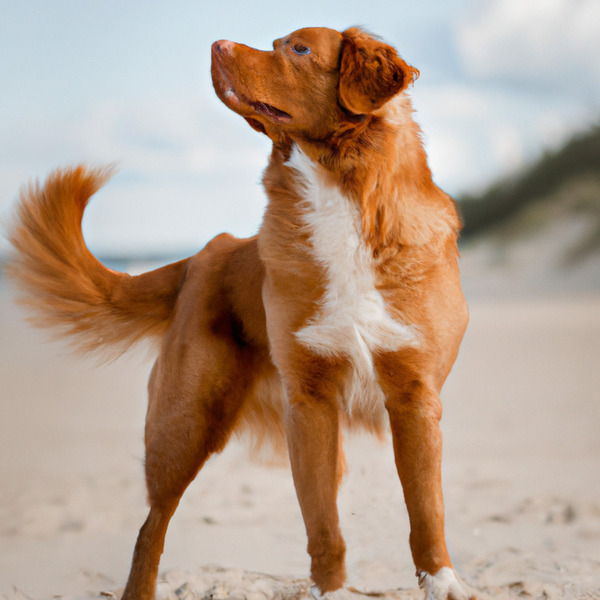Deutsch Drahthaar vs. Nova Scotia Duck Tolling Retriever: Breed Differences and Similarities
Hypoallergenic
Are Deutsch Drahthaars or Nova Scotia Duck Tolling Retrievers hypoallergenic, or neither?
Unfortunately, neither Deutsch Drahthaar nor Nova Scotia Duck Tolling Retriever are hypoallergenic, which may not make them the best choice for dog lovers who suffer from pet allergies.
Origin
What is the origin of Deutsch Drahthaar and Nova Scotia Duck Tolling Retriever dog breeds?
Germany
Canada
Ancestry
What are the origins of Deutsch Drahthaar and Nova Scotia Duck Tolling Retriever breeds?
Pointer, Pudlepointer, Griffon, Stichelhaar
Cocker Spaniels, farm Collies, Irish Setters
Date of Birth
When were Deutsch Drahthaar and Nova Scotia Duck Tolling Retriever breeds first developed?
1902
19th Century
Eye Color Possibilites
What are the eye colors of Deutsch Drahthaar and Nova Scotia Duck Tolling Retriever dogs?
Brown
Amber
Hazel
Brown
Amber
Nose Color Possibilites
What are the natural nose colors of Deutsch Drahthaar and Nova Scotia Duck Tolling Retriever?
Black
Brown
Black
Brown
Coat Color Possibilites
What are the natural colors of the coat for Deutsch Drahthaar and Nova Scotia Duck Tolling Retriever breeds?
Pied
Black
Brown
Red
Coat Length
What is the typical coat length for Deutsch Drahthaar and Nova Scotia Duck Tolling Retriever breeds?
The coat of Deutsch Drahthaar and Nova Scotia Duck Tolling Retriever dogs falls in the medium-length category.
Coat Density
What is the density of the coat of Deutsch Drahthaar and Nova Scotia Duck Tolling Retriever?
Coat Texture
What is the hair texture of Deutsch Drahthaar and Nova Scotia Duck Tolling Retriever?
Wiry
Straight
Litter Size
What is the usual litter size for Deutsch Drahthaar and Nova Scotia Duck Tolling Retriever?
Deutsch Drahthaar and Nova Scotia Duck Tolling Retriever, can have a litter of 12-14 puppies each on average. Nonetheless, it's important to keep in mind that litter size can differ significantly between individual dogs. Various factors such as the mother's health, breeding history, and genetics can have an impact on litter size.
Major Concerns
What are the major health concerns for Deutsch Drahthaar and Nova Scotia Duck Tolling Retriever breeds?
Canine Hip Dysplasia (Chd)
Hip Dysplasia
Progressive Retinal Atrophy (PRA)
Minor Concerns
What minor health issues should be kept in mind when owning Deutsch Drahthaar and Nova Scotia Duck Tolling Retriever?
Shoulder Osteochondrosis
Eye Conditions
Collie Eye Anomaly (CEA)
Occasional Tests
What occasional tests are recommended for Deutsch Drahthaar and Nova Scotia Duck Tolling Retriever breeds?
Eye Examination
Physical Examination
X-rays or other radiographic imaging
OFA
CERF
Hearing Tests
Past times
What are some enjoyable activities and ways to keep Deutsch Drahthaar and Nova Scotia Duck Tolling Retriever entertained?
Retrieve, Walk, Run, Road trip, Socialize, Hunt, Swim, Fetch, Walking, hiking
Fetch, Bike ride, Dog Parks, Walk, Run
Activity Level
Which breed has higher energy, Deutsch Drahthaars or Nova Scotia Duck Tolling Retrievers?
Deutsch Drahthaar and Nova Scotia Duck Tolling Retriever are high-energy dogs that require a lot of mental and physical exercise. Without proper stimulation and attention, these breeds can become problematic. If you're considering these breeds, be prepared to invest time and effort in their exercise and training.
Walks per Week
How many miles should Deutsch Drahthaar or Nova Scotia Duck Tolling Retriever walk each week?
Deutsch Drahthaar and Nova Scotia Duck Tolling Retriever generally need a minimum of 10 miles of walking per week, but it can be increased as long as they are comfortable with it.
Activity per Day
Do Deutsch Drahthaars or Nova Scotia Duck Tolling Retrievers require more exercise?
Both Deutsch Drahthaar and Nova Scotia Duck Tolling Retriever typically require a minimum of 60 minutes of exercise each day. The exercise can be spread throughout the day and may involve high-energy activities like walking, running, and playing.
Brushing Frequency
What is the recommended brushing frequency for Deutsch Drahthaar and Nova Scotia Duck Tolling Retriever dogs?
Ideally, Deutsch Drahthaar should be brushed at least 2 or 3 times a week (preferably daily) improve shedding.
Nova Scotia Duck Tolling Retriever should be brushed at least once a week. Of course you can give them more frequent brushes if you find that they are still shedding a lot
Brushing Tools
What brushing tools are used for Deutsch Drahthaars and Nova Scotia Duck Tolling Retrievers?
Pin Brush
Comb
Nail Clipper
Pin Brush
Dematter
Comb
Nail Clipper
Cups
How much food should be given to Deutsch Drahthaar or Nova Scotia Duck Tolling Retriever in cups?
For an average 60-70 pound (27 - 32 kg) Deutsch Drahthaar feed 2.5 cups daily. But, keep in mind, the amount you feed is going to be dependent on the quality of the food you are feeding.
For an average 44-51 pound (20 - 23 kg) Nova Scotia Duck Tolling Retriever feed 2.3 cups daily. But, keep in mind, the amount you feed is going to be dependent on the quality of the food you are feeding.
Daily Cost
Which breed has a higher daily cost, Deutsch Drahthaar or Nova Scotia Duck Tolling Retriever?
Deutsch Drahthaar and Nova Scotia Duck Tolling Retriever have a similar average daily cost of around $1.70 - $2.00.
Monthly Cost
Which breed has a higher monthly cost, Deutsch Drahthaar or Nova Scotia Duck Tolling Retriever?
When it comes to monthly expenses, both Deutsch Drahthaar and Nova Scotia Duck Tolling Retriever have a similar average cost, ranging from $48 - $63. This results in an average yearly cost of around $576 - $756.
Compare Deutsch Drahthaar with other breeds

Sco-Shi
Deutsch Drahthaar vs Sco-Shi

Papitese
Deutsch Drahthaar vs Papitese
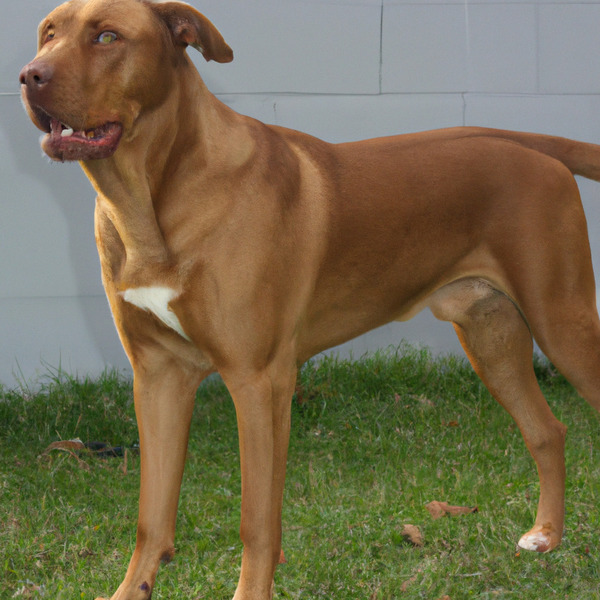
Uruguayan Cimarron
Deutsch Drahthaar vs Uruguayan Cimarron
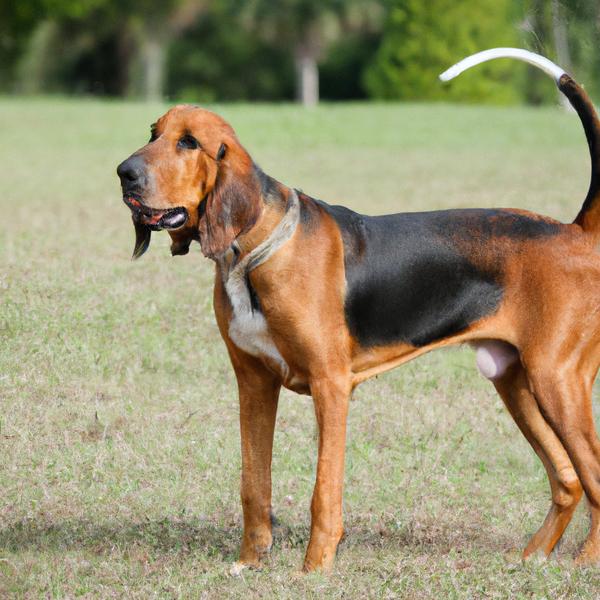
American English Coonhound
Deutsch Drahthaar vs American English Coonhound
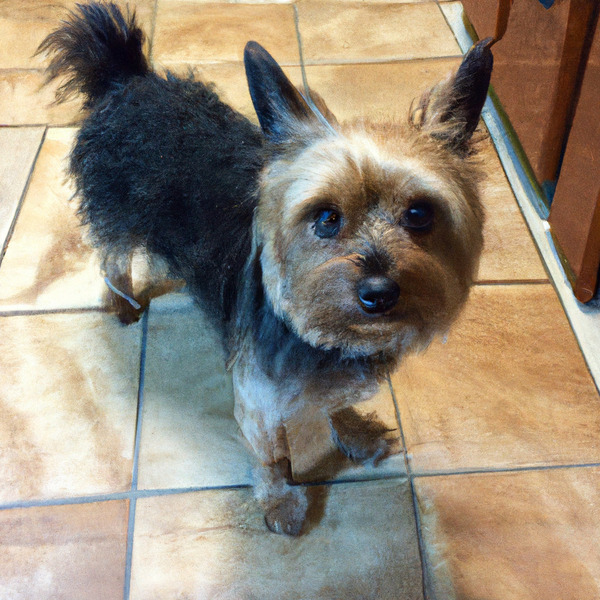
Chorkie
Deutsch Drahthaar vs Chorkie
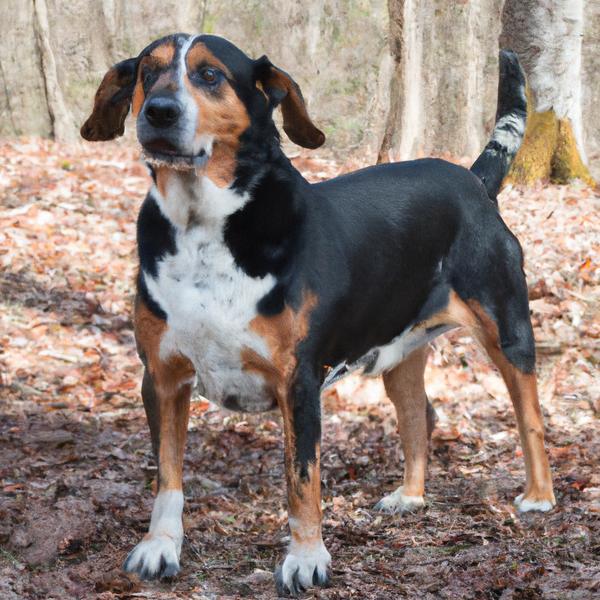
Basset Heeler
Deutsch Drahthaar vs Basset Heeler

Curly Coated Retriever
Deutsch Drahthaar vs Curly Coated Retriever

Border Collie Britt
Deutsch Drahthaar vs Border Collie Britt
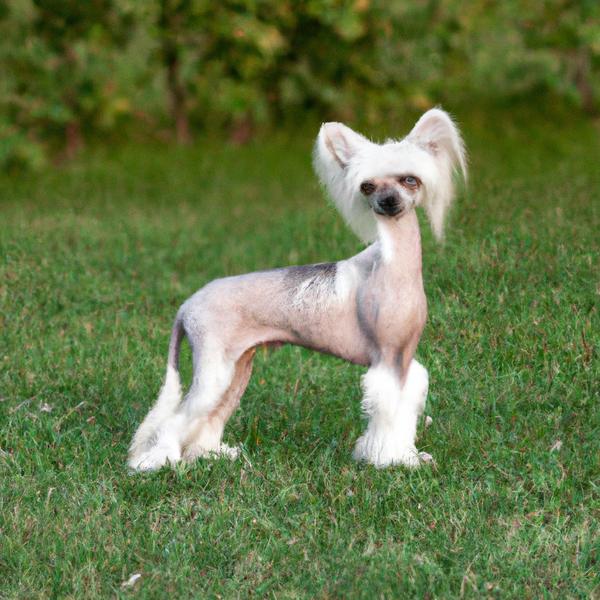
Chinese Crestese
Deutsch Drahthaar vs Chinese Crestese

Pom-A-Pug
Deutsch Drahthaar vs Pom-A-Pug

Malinois X
Deutsch Drahthaar vs Malinois X

German Sheprador
Deutsch Drahthaar vs German Sheprador
